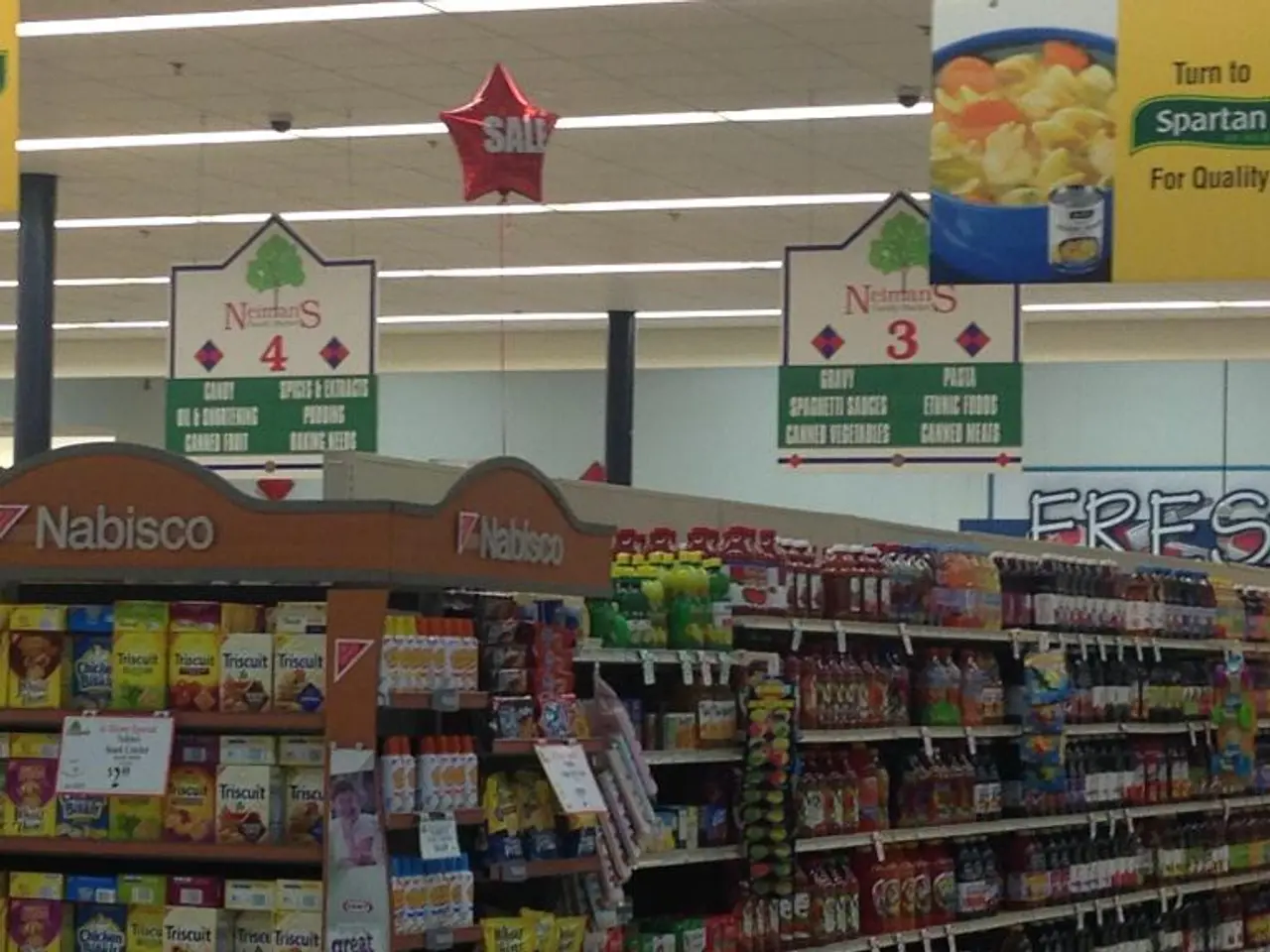Summer shopping for essential school supplies now includes the consideration of technology needs and tariff impacts, as families balance their budgets for the new academic year.
Back-to-School Shopping in 2025: A Changed Landscape
The back-to-school shopping experience for students in 2025 has undergone significant changes, with the rise of online retail and new U.S. tariffs on imports shaping both what families buy and when they shop.
Online Retail and Shopping Trends
In today's digital age, students and parents are seeking more personalized, trendy, and tech-savvy items alongside traditional supplies. Popular products in 2025 include customizable backpacks, smartwatches like Gizmo Watches, stylish footwear such as Birkenstocks and Crocs, eco-friendly clothing, and digital planners. This blend of style and functionality is driven by online exposure to trends.
Online retail expands access to a variety of these items, allowing families to compare deals and find specialty items more easily via platforms such as Amazon and Walmart, as well as niche thrift stores supporting sustainability. The demand for electronics and tech accessories, reflecting the digitalization of schooling, is also on the rise.
Impact of New U.S. Tariffs on Imports
Economic concerns, including inflation and potential tariffs on school-related products, have led families to start shopping earlier and more strategically to avoid potential price hikes. Surveys indicate that by early July 2025, about two-thirds of shoppers had already started their back-to-school shopping, up from 55% the previous year.
The tariffs may contribute to higher prices on imported goods, prompting consumers to adjust their shopping timelines and preferences. The typical number of items requested by teachers has remained around 17 since the end of the coronavirus pandemic. However, some schools require clear backpacks and pencil pouches to prevent the use of school supplies for storing guns.
Strategic Shopping and Budget-Conscious Behaviors
Budget-conscious behaviors include deal-seeking and increased interest in thrifting and sustainable secondhand shopping, partly as a response to tariffs and economic pressures. Retail and technology consulting company Coresight Research estimates that back-to-school spending from June through August will reach $33.3 billion in the U.S., a 3.3% increase from the same period last year.
Traditional school supplies will account for more than $7 billion of the $31 billion U.S. parents will spend on back-to-school shopping. Walmart is promoting a back-to-school deal that includes 14 supplies plus a backpack for $16, the lowest price in six years. Target said it would maintain its 2024 prices on 20 key back-to-school items that together cost less than $20.
AI and Product Recommendations
To help consumers find and compare products, Rufus, an AI-powered shopping assistant, and Sparky, an age-specific product recommendation tool, have been introduced. TeacherLists, an online platform for school supply lists, has more than 2 million lists from 70,000 schools.
In Miami, Jacqueline Agudelo, a resident, started shopping for school supplies in June to avoid possible price increases from new U.S. tariffs on imported products. Despite the challenges, the annual back-to-school shopping ritual is both easier and more complicated for today's students due to online options and early shopping to avoid tariff-related price increases. The retail cost of 48 products a family with two school-age children might need averaged $272 in July, or $3 less than the same month last year.
- In Bellevue and other cities in 2025, the back-to-school shopping landscape has been transformed, with online retail platforms like Amazon and Walmart becoming popular destinations for tech-savvy items, including smartwatches, customizable backpacks, and digital planners.
- The government's new tariffs on imports and economic pressures have led families in Seattle and across the U.S. to adopt strategic shopping behaviors, starting their back-to-school shopping earlier than in previous years.
- With millions of school supply lists available on platforms like TeacherLists, AI-powered shopping assistants like Rufus and Sparky are helping consumers find and compare products, making the shopping experience more efficient despite the increased demands on budget-conscious families.
- The retail industry in 2025 is seeing a significant rise in budget-conscious behaviors, with the increased interest in secondhand shopping and sustainability as a response to economic pressures and potential tariff-related price hikes.
- The impact of tariffs and economic pressure is not limited to the finance sector; domestic industries like retail are also feeling the effects, with businesses like Walmart and Target offering competitively priced back-to-school deals to attract budget-conscious consumers.
- As technology continues to shape our lives, even lifestyle trends in fashion and footwear, such as the popularity of Birkenstocks and Crocs among students, are becoming influenced by online trends and the digitalization of our daily lives, demonstrating the strong connection between tech-savvy trends and overall industry changes.




